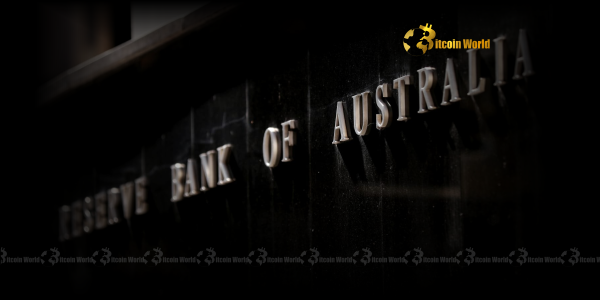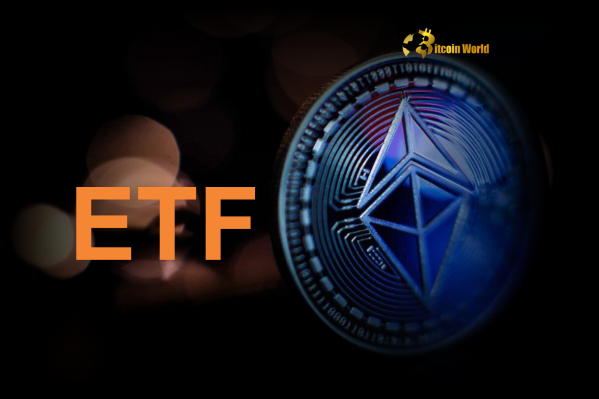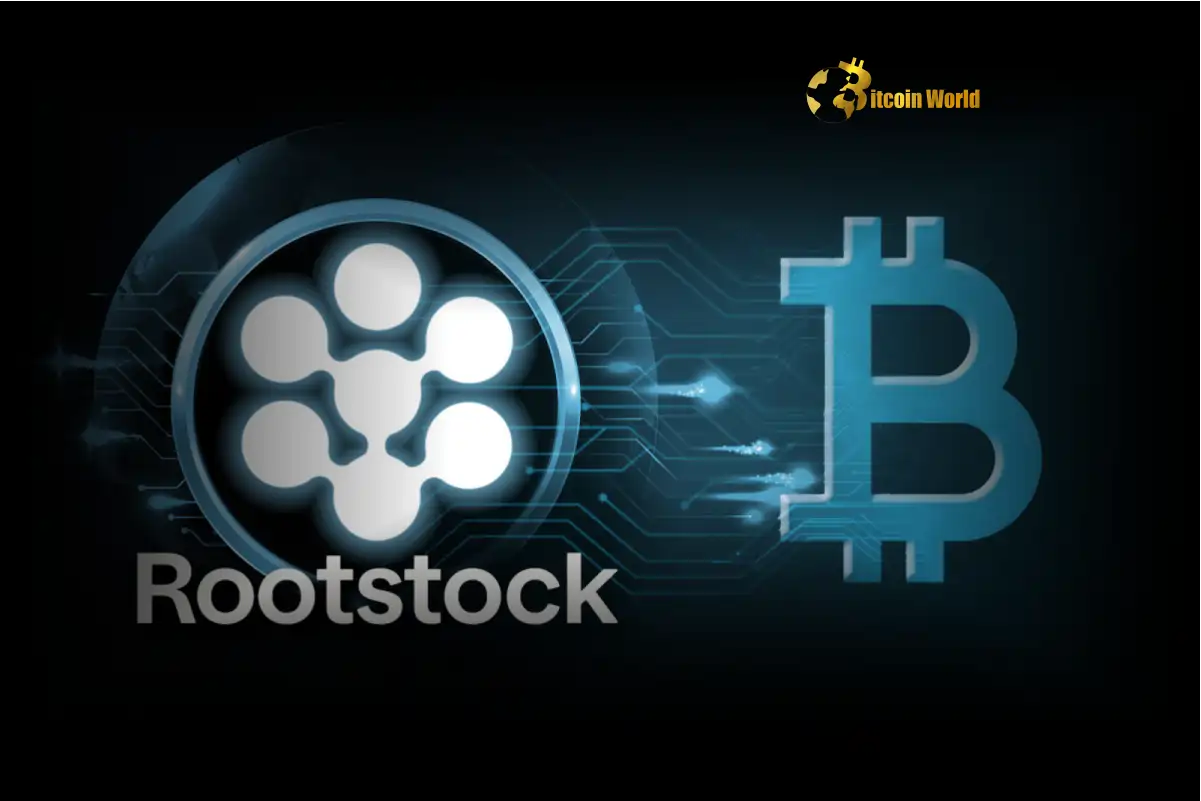
The Reserve Bank of Australia (RBA) is making waves in the world of digital finance, embarking on an ambitious journey to explore how cryptocurrencies, specifically stablecoins and central bank digital currencies (CBDCs), can reshape the nation’s wholesale financial markets. This isn’t just a technical exercise; it’s a significant step towards a more efficient and innovative financial future for Australia.
Why is the RBA Stablecoin Trial a Game Changer?
Imagine a financial system where transactions are faster, more transparent, and settled almost instantly. That’s the vision driving Project Acacia, the RBA’s pioneering initiative. In collaboration with the Digital Finance Cooperative Research Centre (DFCRC) and with the strong support of the Australian Securities and Investments Commission (ASIC), the RBA is pushing the boundaries of what’s possible in Australia’s financial landscape. The core objective of this RBA stablecoin trial is to understand how crypto assets can enhance the country’s wholesale tokenized asset markets.
This isn’t about retail payments for your morning coffee. Instead, it focuses on the large-scale transactions between financial institutions – the kind that underpins the entire economy. By exploring the integration of stablecoins and CBDCs, the RBA aims to unlock new efficiencies and capabilities that traditional systems simply can’t offer. It’s a strategic move to ensure Australia remains at the forefront of global financial innovation.
Unpacking Australia CBDC and Its Wholesale Vision
The RBA’s pilot program is incredibly comprehensive, diving into 24 distinct use cases. This broad approach allows them to test various scenarios and understand the full potential and challenges of integrating digital currencies. A key component of this trial involves the exploration of an Australia CBDC, specifically a wholesale version.
What does this mean in practice? The pilot will involve several types of digital assets:
- Stablecoins: These are cryptocurrencies designed to maintain a stable value, often pegged to a fiat currency like the Australian dollar. They offer the speed and efficiency of crypto with the stability of traditional money.
- Bank Deposit Tokens: These represent tokenized versions of commercial bank deposits, allowing for digital transfer and settlement.
- Wholesale CBDC: This is a digital form of central bank money, accessible only to financial institutions. Unlike a retail CBDC, which would be for public use, a wholesale CBDC aims to improve interbank settlements and the functioning of wholesale markets.
Major banks and leading fintech firms are actively participating in this trial, bringing their expertise and real-world scenarios to the testing environment. Their involvement is crucial, as it ensures the solutions developed are practical and scalable for the broader financial industry.
Revolutionizing the Tokenized Asset Market
At the heart of the RBA’s efforts lies the ambition to revolutionize the tokenized asset market. But what exactly are tokenized assets? Simply put, they are digital representations of real-world assets – anything from real estate and commodities to shares and bonds – stored on a blockchain or distributed ledger technology (DLT).
Think about the current process for settling complex financial transactions involving multiple parties and assets. It can be slow, costly, and require numerous intermediaries. Tokenization, combined with digital currencies, promises to streamline this. Here’s how it could transform wholesale markets:
- Atomic Settlement: This means transactions can be settled instantly and simultaneously, eliminating settlement risk where one party fulfills their obligation but the other doesn’t.
- Increased Efficiency: Automated processes and reduced manual intervention lead to lower operational costs and faster transaction speeds.
- Enhanced Transparency: Blockchain’s immutable ledger provides a clear, auditable trail of all transactions.
- Greater Liquidity: Tokenization can fractionalize high-value assets, making them more accessible and potentially increasing market liquidity.
For example, imagine a bank wanting to settle a large bond transaction. Instead of waiting days for traditional settlement systems, a tokenized bond could be exchanged for a wholesale CBDC almost instantly, significantly reducing counterparty risk and freeing up capital.
The Ripple Effect: Digital Finance Innovation Down Under
This initiative is not just about a single trial; it’s a testament to Australia’s commitment to fostering broad digital finance innovation. The RBA, in conjunction with ASIC and the DFCRC, is building a framework for future financial services that leverages cutting-edge technology. This proactive approach positions Australia as a leader in adapting to the evolving digital economy.
Globally, central banks are grappling with the rise of digital currencies. By actively experimenting with stablecoins and a wholesale CBDC, Australia is contributing valuable insights to the international discourse. This collaborative effort helps to inform regulatory approaches and ensure that new financial technologies are introduced responsibly, protecting consumers and maintaining financial stability.
The regulatory support from ASIC is particularly important, as it ensures that any new digital asset frameworks prioritize market integrity, consumer protection, and financial stability. This balance between innovation and regulation is key to successful adoption.
Understanding the Power of Wholesale Digital Currency
While much of the public discussion around digital currencies focuses on retail applications, the true transformative potential for large-scale financial markets often lies in wholesale digital currency. This distinction is crucial.
A wholesale CBDC, for instance, isn’t designed for everyday purchases. Its primary role is to facilitate interbank settlements, provide a secure and efficient means for financial institutions to transfer value, and enable the seamless integration of tokenized assets. Think of it as the high-speed rail network for the financial world, rather than a local bus service.
The benefits for institutions are profound:
- Enhanced Security: Transactions are recorded on a distributed ledger, offering robust cryptographic security.
- Reduced Settlement Times: Near-instantaneous settlement drastically cuts down on processing delays.
- Lower Costs: Automation and disintermediation can lead to significant cost savings in clearing and settlement.
- New Financial Products: The programmability of digital currencies allows for the creation of innovative financial instruments and smart contracts, automating complex agreements.
This wholesale focus is strategic because it addresses the foundational layers of the financial system, potentially unlocking efficiencies that ripple outwards to benefit the entire economy.
Challenges and the Road Ahead
While the potential is immense, the path forward is not without its challenges. Key considerations include:
- Interoperability: Ensuring that different digital platforms and currencies can seamlessly communicate and transact with each other.
- Regulatory Clarity: Developing clear and consistent regulatory frameworks that foster innovation while mitigating risks.
- Cybersecurity: Protecting these new digital infrastructures from sophisticated cyber threats.
- Technological Scalability: Ensuring the underlying technology can handle the vast volume of transactions required by wholesale markets.
The RBA’s trial is precisely designed to address these questions, providing valuable data and insights to inform future policy decisions. It’s a collaborative effort that requires ongoing dialogue between central banks, financial institutions, technology providers, and regulators.
Conclusion
The Reserve Bank of Australia’s ongoing trial of stablecoins and wholesale CBDCs within the tokenized asset market represents a monumental step forward for the nation’s financial future. By actively exploring these digital frontiers, Australia is not just adapting to change; it’s helping to shape it. This initiative promises to bring greater efficiency, transparency, and innovation to wholesale financial markets, setting a strong precedent for other nations to follow. The journey towards a truly digital financial ecosystem is complex, but with pioneering efforts like Project Acacia, the future of finance looks incredibly promising.
To learn more about the latest crypto market trends, explore our article on key developments shaping central bank digital currencies and institutional adoption.





